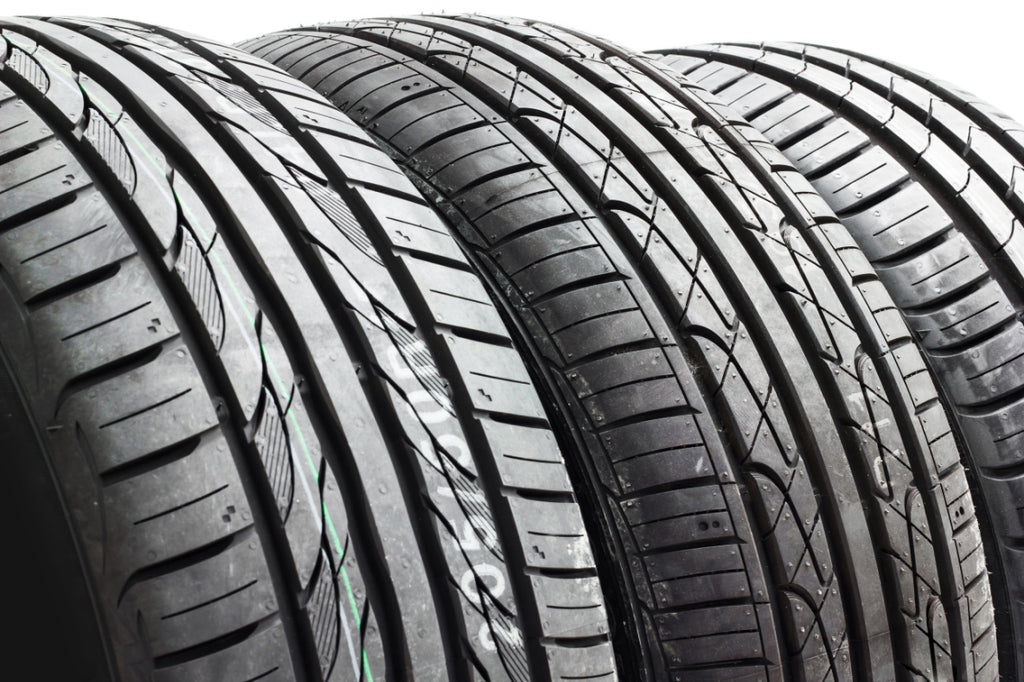Extending the Life of Your Tires Through Regular Rotations
Rotating your tires is an essential maintenance task that keeps your tires wearing evenly and lasting longer. By periodically changing each tire's position and having it spin in different directions, tire rotation helps prevent irregular wear patterns. This ensures you get the most mileage out of your tires before needing replacements.
Many vehicle owners, however, are still determining exactly how and when to rotate their tires properly. Neglecting this basic service can significantly reduce your tires' lifespan and performance. This article will cover the fundamentals of tire rotation, explaining why it's vital for your vehicle and how to do it right.
The Benefits of Rotating Tires
Rotating tires provides some key benefits that save you money over time:
- PREVENTS PREMATURE TIRE WEAR: Tires wear at different rates depending on their position on the vehicle. Rotation allows them to wear evenly and extends their usable tread life.
- MAINTAINS PROPER WHEEL ALIGNMENT: Rotating tires helps detect alignment issues before they escalate and cause irregular wear.
- PROMOTES EVEN BRAKING AND TRACTION: Proper rotation ensures braking forces and traction are distributed evenly across your tires for better control.
- SUSTAINS FUEL EFFICIENCY: As tread depth decreases, rolling resistance increases, hurting MPG. Rotating delays the tread wear that causes this.
Know the Recommended Rotation Intervals
Manufacturers provide rotation interval guidelines based on your vehicle drive system and miles driven. Typical car tire rotation is needed approximately every 5,000-8,000 miles. Here are general recommendations:
FRONT WHEEL DRIVE: 5,000 miles
REAR WHEEL DRIVE: 5,000 miles
ALL WHEEL DRIVE OR FOUR WHEEL DRIVE: 5,000-8,000 miles
Of course, inspecting your tires visually is wise, too. If you notice uneven or rapid tread wear, rotate them sooner, even if you still need to reach the mileage mark.
What's the Proper Tire Rotation Direction?
The most effective rotation method swaps your tires directly front-to-back or crisscrossed from front to rear. This guarantees they spin in the opposite direction from their last position to wear evenly on all sides. Here are the two standard rotation patterns:
Front-to-Back
For front-to-back rotation, you move the front tires straight back to the rear in their same track position (left-to-left, right-to-right). Then, the rear tires move directly to the front. This keeps it simple.
Crisscross
The crisscross pattern moves the left front tire to the right rear. The right front goes to the left rear. The left rear moves to the right front, and the right rear goes to the left front, completing the crisscross. This fully shifts the direction of rotation for maximum effectiveness.
When NOT to Rotate Your Tires
While routine tire rotation is generally recommended, there are a few exceptions where rotating should be avoided:
- Tires with mismatched wear depths—rotation will transfer uneven wear between the axles.
- Tires used in high-performance driving conditions. Their wear should match how the car handles best.
- Vehicles with dual rear wheels tend to wear together evenly.
Consult your mechanic if you need clarification on whether your tires qualify for an exception.
Looking For Aftermarket Auto Parts? Click Here
Step-by-Step Tire Rotation Directions
Rotating your tires properly is easy once you know the process. Follow these key steps:
BUY ROTATION SUPPLIES
Having chalk or tire crayons on hand lets you mark the tires' original locations before rotating them. This helps clarify later where each one belongs. You'll also need a jack, jack stands, lug wrench, and torque wrench.
PARK ON LEVEL GROUND
Rotating works best on flat, even pavement or ground. Park there and apply the parking brake.
CHALK TIRE LOCATIONS
Before lifting the vehicle, mark current tire positions on each sidewall with chalk—LF, RF, LR, RR (left front, right front, etc.).
LIFT THE VEHICLE
Use the jack and jack stands to carefully lift the vehicle high enough to remove and install wheels safely.
LOOSEN LUG NUTS
While the wheel is still on the ground, loosen all lug nuts by one-half turn before jacking up. Wait to remove the nuts fully until the tire is raised.
REMOVE TIRES
Take off one wheel at a time following your chosen rotation pattern—front-to-back or crisscross. Please pay attention to reinstalling them in the new marked positions.
TORQUE LUG NUTS PROPERLY
Hand tighten lugs first once reinstalled. Then, use the torque wrench to fully tighten the nuts to the vehicle spec in a star pattern.
RECHECK TORQUE AFTER DRIVING
Test drive the vehicle briefly, then recheck lug nuts with a torque wrench to ensure they remain tight.
Anyone can rotate their tires like a pro using chalk markings and the right tools. Just be sure to follow your vehicle's recommended intervals. This simple maintenance keeps your tires in top shape for better performance, safety, and savings over the long run.



